On Grid Solar Rooftop System
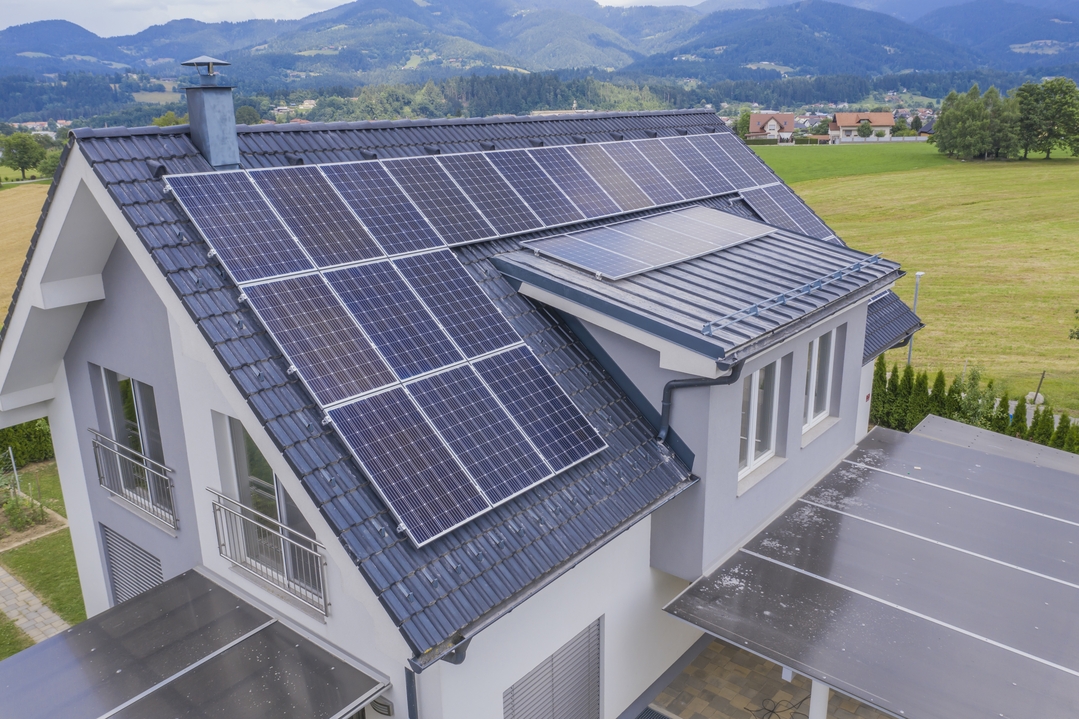
What is an On Grid Solar Rooftop System?
An on-grid solar system or a grid-tied solar system, is a setup of solar power which is installed to leverage the solar energy at homes, educational institutions, commercial establishments, industrial units, etc. It is one of the most widely used solar systems across the world. Such systems are not reliant on batteries and are well-connected with the utility grid. Furthermore, there are two requirements for this system to run seamlessly:
What is an On Grid Solar Rooftop System?
In an On Grid Solar Rooftop System, the solar panels absorb solar energy from the Sun and transform this energy into electrical energy i.e. Direct Current (DC). This Direct Current is converted into Alternating Current (AC) through Solar Inverters. The Alternating Current generated via the above mentioned process is fed as input into a bidirectional meter which then supplies AC to your home or other establishments. The meter is designed in a way to create a balance in power supply to your home or any other establishment thus, leading to reduction in cost in electricity bill. For eg. If electricity has been generated in excess then the units that are not utilized are supplied back to the grid. Similarly, if there is shortage of electricity then the meter imports it from the grid.
This exchange of electricity to and fro from the grid via a device known as bidirectional meter is called ‘Net Metering’.
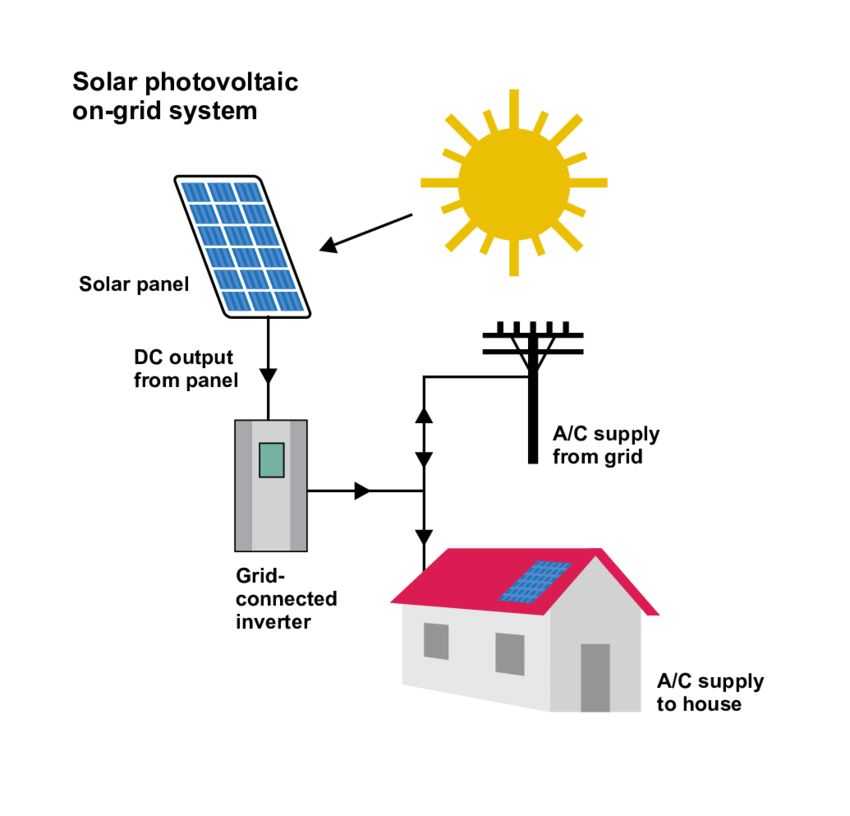
Advantages of an On-Grid Solar Rooftop System
Perfect Solar Solutions is one of the leading Solar companies in UP, India which can provide you with On-Grid Solar Rooftop System service with following advantages:
As there are no batteries involved, the cost of On-Grid Solar System is comparatively lower than the other kinds of solar systems. Its power production is also higher than the other kinds of solar systems. Due to considerable reduction in monthly electricity bills and minimal maintenance, the customer can expect a gain of 25-30% in ROI.
An On-Grid Solar System is less expensive and more affordable than an Off-Grid Solar System as it does not need batteries. It can be installed on the rooftops of various establishments, including homes, housing societies, commercial buildings, governmental agencies, community centres, for-profit businesses, etc.
Components of an On-Grid Solar Rooftop System
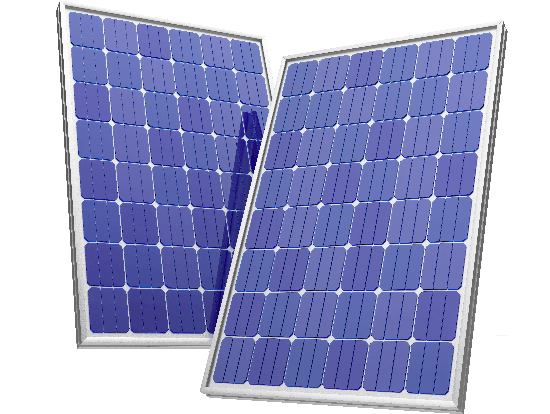
Solar Panel
One of the primary parts of the On-Grid Solar System is the Solar Panel. Their main function is to collect solar energy and convert it into electrical energy. They constitute more than 50% of the cost of a solar system.

Solar Inverter
The primary function of a Solar Inverter is to convert DC output collected from Solar Panel into AC supply.
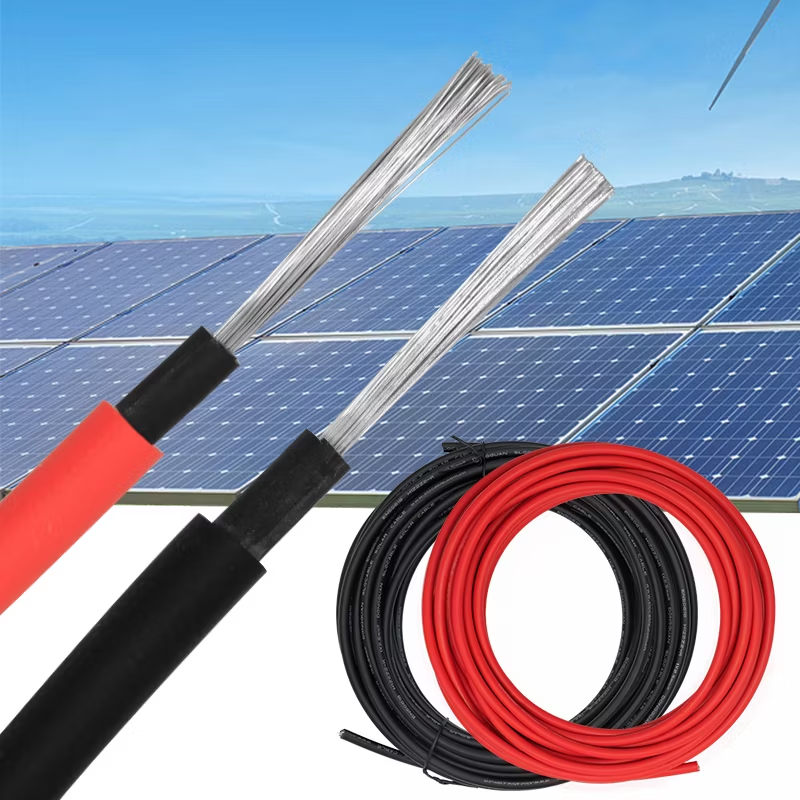
Solar Wire
Solar Wire also known as Solar Cable is used for delivering electricity from Solar Panels to the inverter. There are two types of wires available in the market viz. DC wire and AC wire.
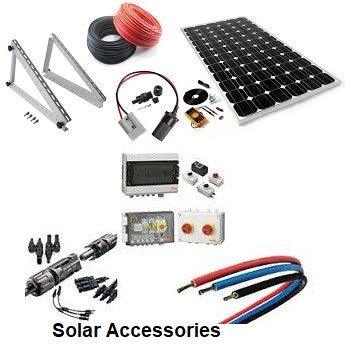
Installation Accessories
Installation Accessories consist of accessories or items that assist in the process of installation such as junction boxes, cabling, wires, mounting frameworks, etc.
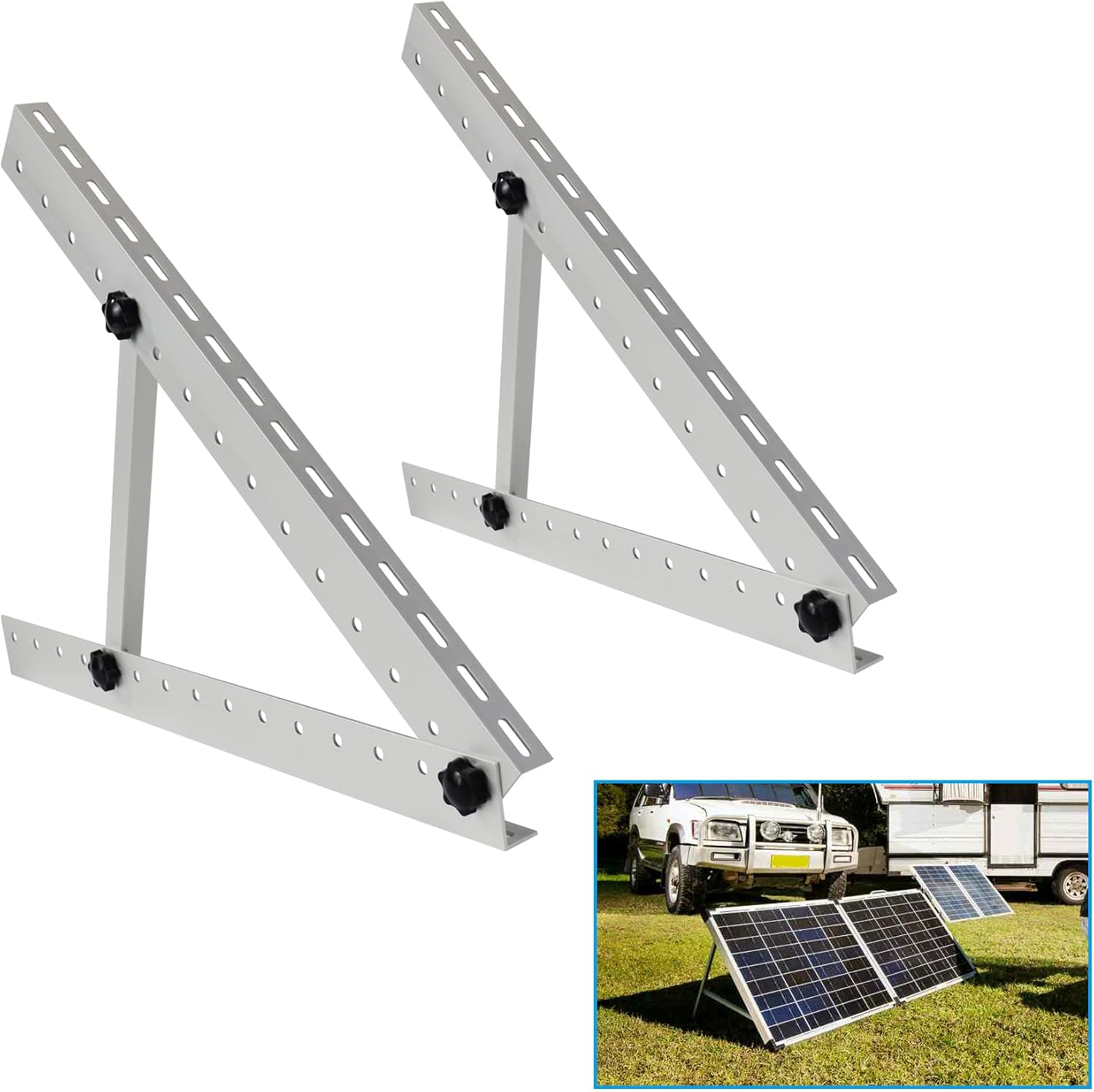
Panel Stand
A solar panel stand also known as a panel stand, solar panel holding stand, solar stand and mounting structure, supports and mount the Solar Panel and holds them in place on rooftops, building facades and even the ground. They are commonly made of materials like galvanized steel, iron, or aluminum that ensure durability. They can withstand various weather conditions and provide support that lasts long. Some of the major benefits of using robust Solar Panel Stands are: 1.Maximize sunlight exposure. 2.Protect the panel from rain, wind, and other weather elements. 3. Ensure proper installation
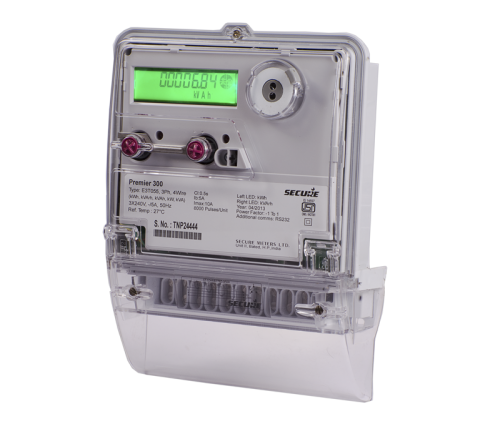
Net Meter & Solar Meter
A solar meter is a device that tracks the amount of electricity solar panels produce, while a net meter is a device or meter that tracks both the amount of electricity the solar panels produce and the amount of electricity being consumed, as well as the amount of energy sent back to the grid. This is often called Net Metering and is a crucial part of an On-Grid Solar Rooftop System. A solar meter is a part of a net metering system but doesn't track the flow of electricity in both the directions i.e. import and export. The main purpose of a Solar Meter is to calculate the total energy produced by the installed Solar Panels whereas Net Metering allows a user to get credits on his/her utility bill in return of excess electricity sent back to the grid.
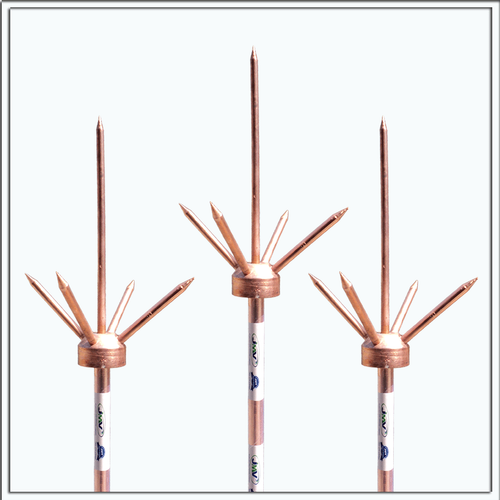
Lighting Arrestor
To prevent the On-Grid Solar System from mishappenings such as striking of lightning, a lightning arrestor is used.

Earthing Kit
Earthing kit is used to provide protection to On-Grid Solar Systems from thunderstorms
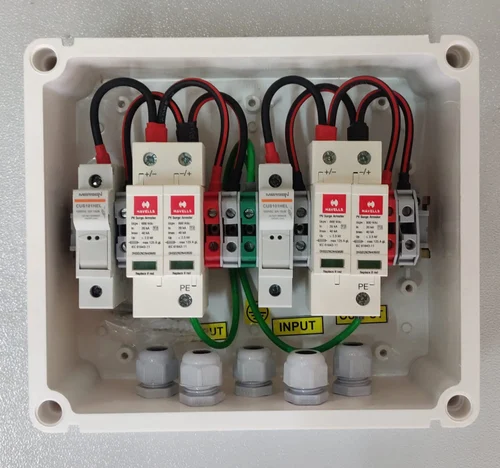
DCDB/ACDB
An AC Distribution Board and DC Distribution Board which are also abbreviated as (ACDB) and (DCDB) respectively serve as distribution boxes for AC(alternating current) and DC(direct current) respectively. Both are indispensable parts of an On-Grid Solar Rooftop System. One of the major functions of ACDB is to distribute AC power to the grid from Solar Inverter. Similarly, one of the primary functions of DCDB is to distribute and manage DC power that solar panels generate
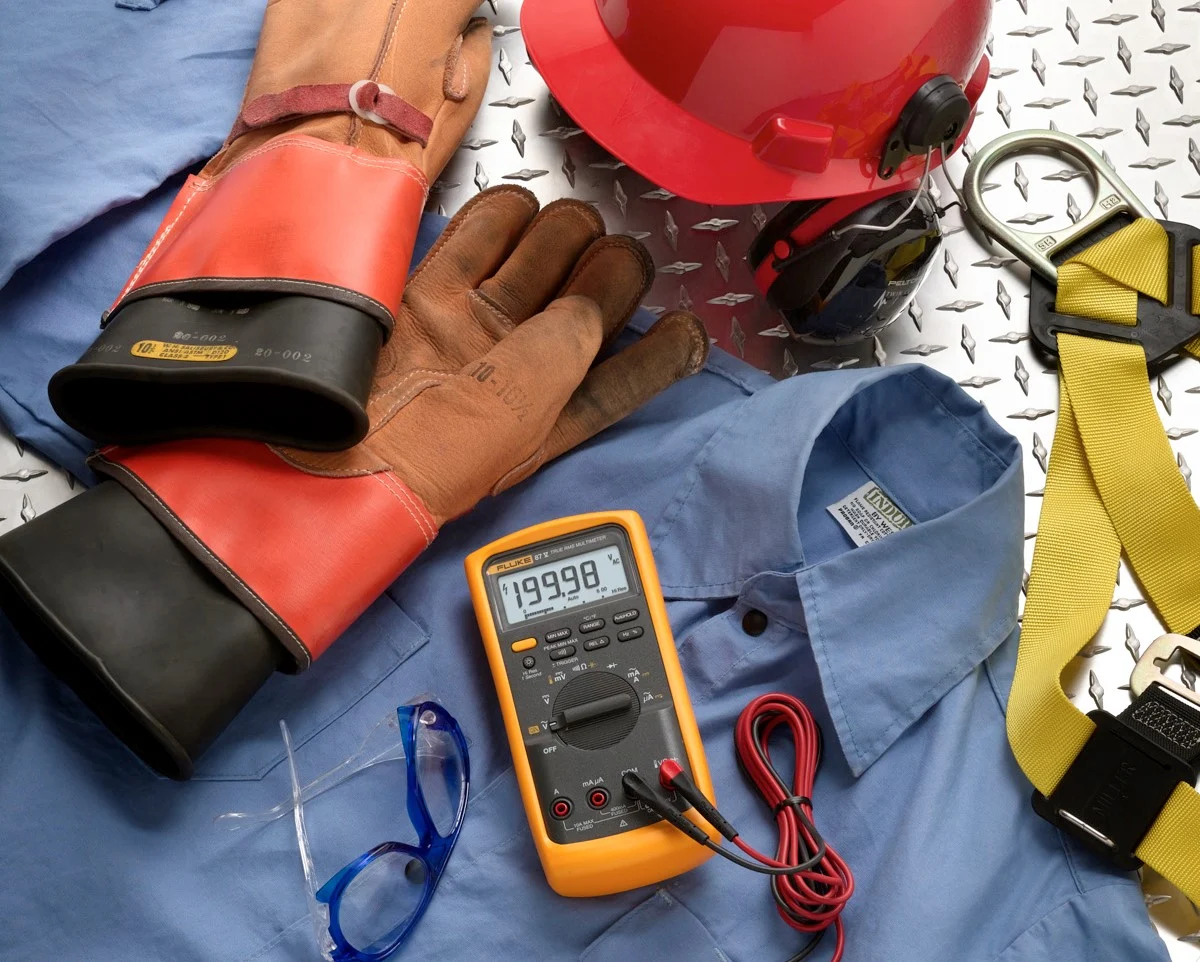
Safety Equipment
Various protection mechanisms are used to protect the On-Grid Solar System from flaws and unavoidable circumstances like lightning, etc. Such protection mechanisms include breakers, surge arrestors, grounding techniques, etc
